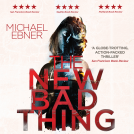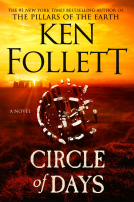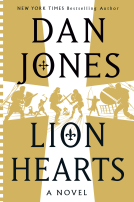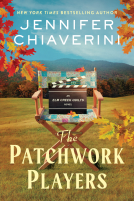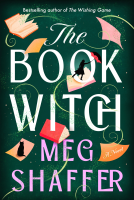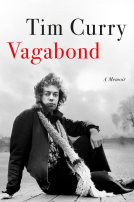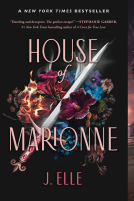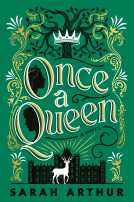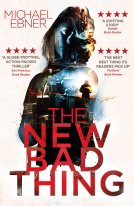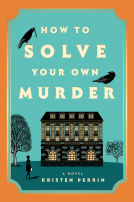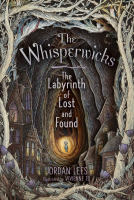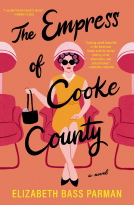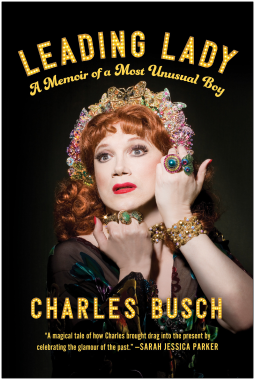
Leading Lady
A Memoir of a Most Unusual Boy
by Charles Busch
This title was previously available on NetGalley and is now archived.
Send NetGalley books directly to your Kindle or Kindle app
1
To read on a Kindle or Kindle app, please add kindle@netgalley.com as an approved email address to receive files in your Amazon account. Click here for step-by-step instructions.
2
Also find your Kindle email address within your Amazon account, and enter it here.
Pub Date Sep 12 2023 | Archive Date Oct 31 2023
BenBella Books | Smart Pop
Talking about this book? Use #LeadingLady #NetGalley. More hashtag tips!
Description
The Tony Award-nominated writer of The Tale of the Allergist’s Wife and the long-running hit Off-Broadway play Vampire Lesbians of Sodom, and a Sundance Festival award winner, Charles Busch has created a unique place in the entertainment world as a playwright, LGBT icon, drag actor, director, and cabaret performer, with his extraordinary gift for both connecting with and channeling the leading ladies of show business.
In wonderfully readable chapters, by turns comic and moving, Charles writes how ever since his mother's death when he was seven, he has sought out surrogate mothers in his life. In his teens, Charles moved to Park Avenue in Manhattan to live with his Auntie Mame-like Aunt Lil, who encouraged and nourished Charles’ talents and dreams, and eventually he discovered his gifts for writing plays and performing as a male actress.
Busch also shares his colorful and sometimes outlandish interactions with film and theatrical luminaries including the hilarious comedian Joan Rivers (who became a mother figure to Charles after Aunt Lil’s death), Angela Lansbury (who attended her first Passover seder with Charles), Rosie O’Donnell, Claudette Colbert, Valerie Harper, Kim Novak, and many others.
Full of both humor and heart and featuring rare photos, Leading Lady is for readers of entertainment books as well as anyone who enjoys real-life stories of artists who break the mold, ditch the boundaries, and find their own unique way to sparkle.
Average rating from 8 members
Readers who liked this book also liked:
Stuart Maconie
Arts & Photography, Biographies & Memoirs, History
